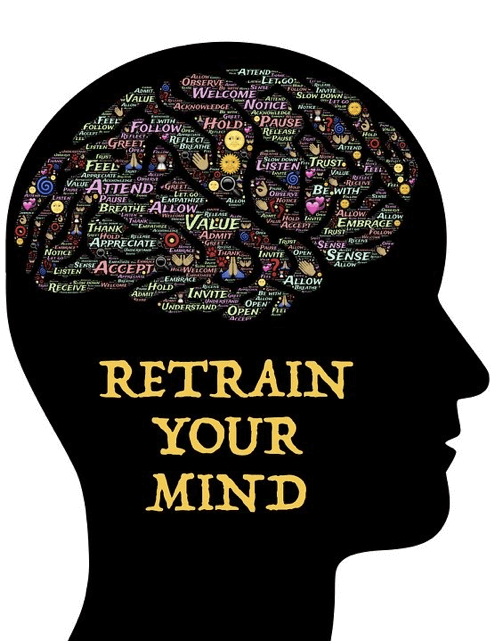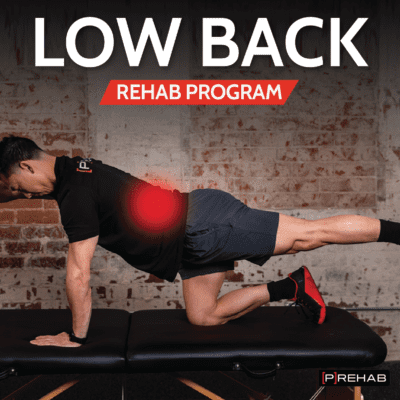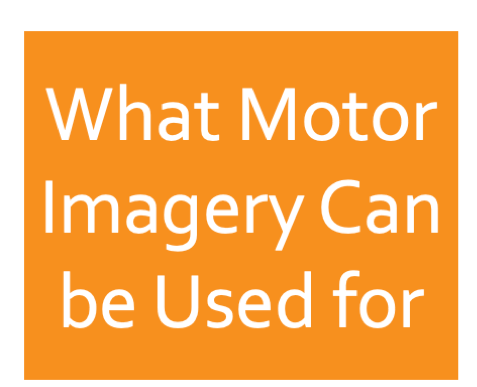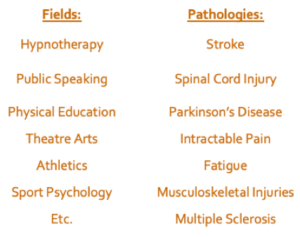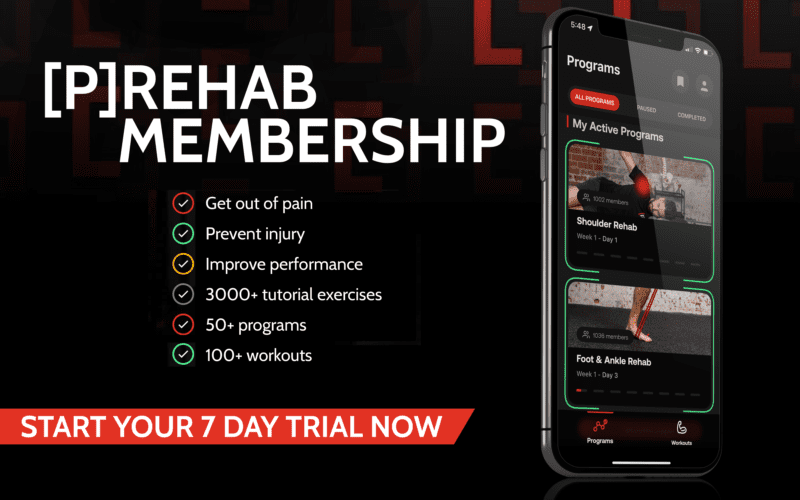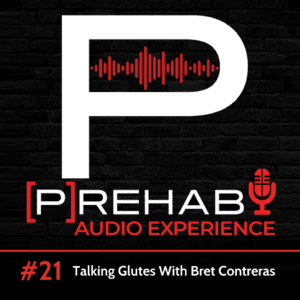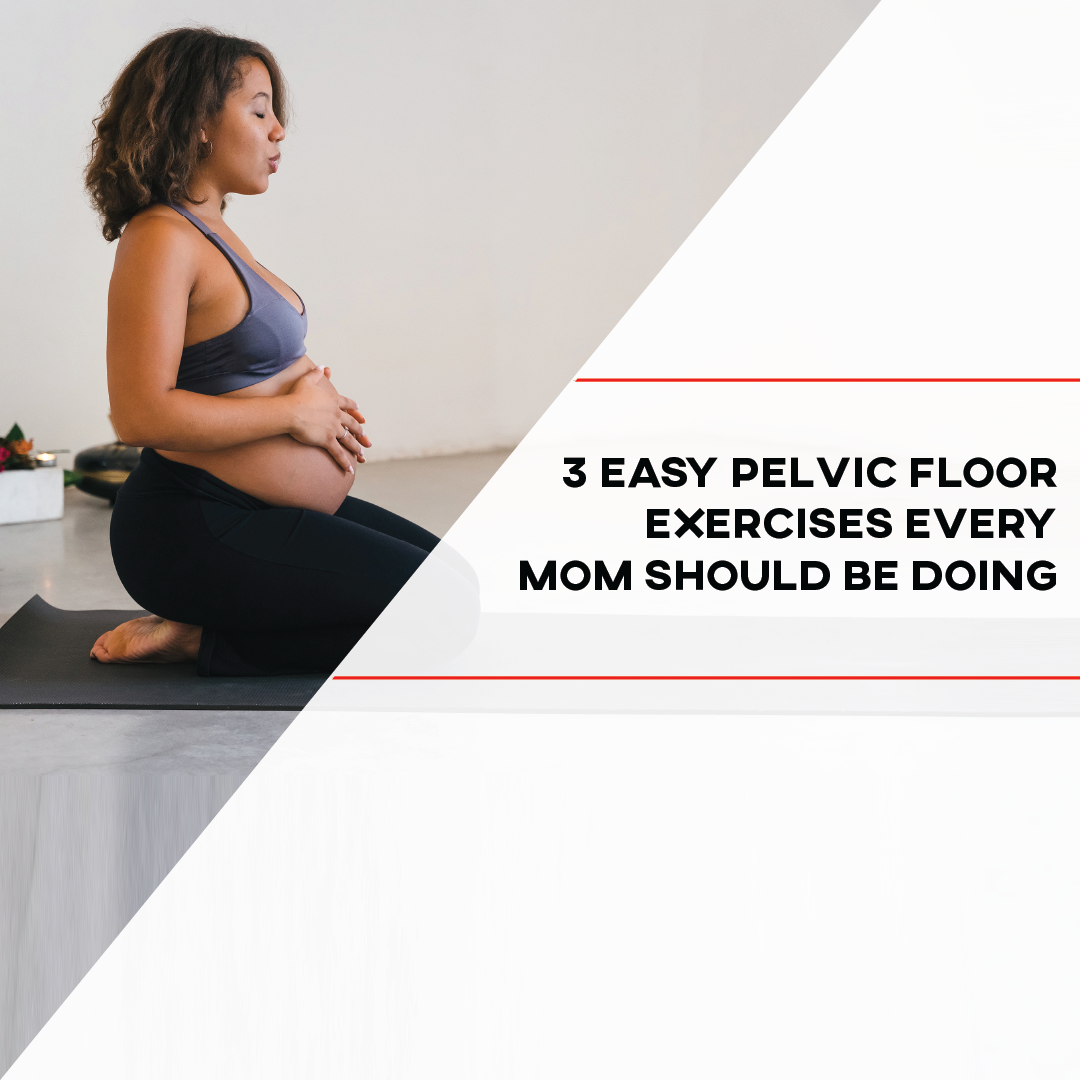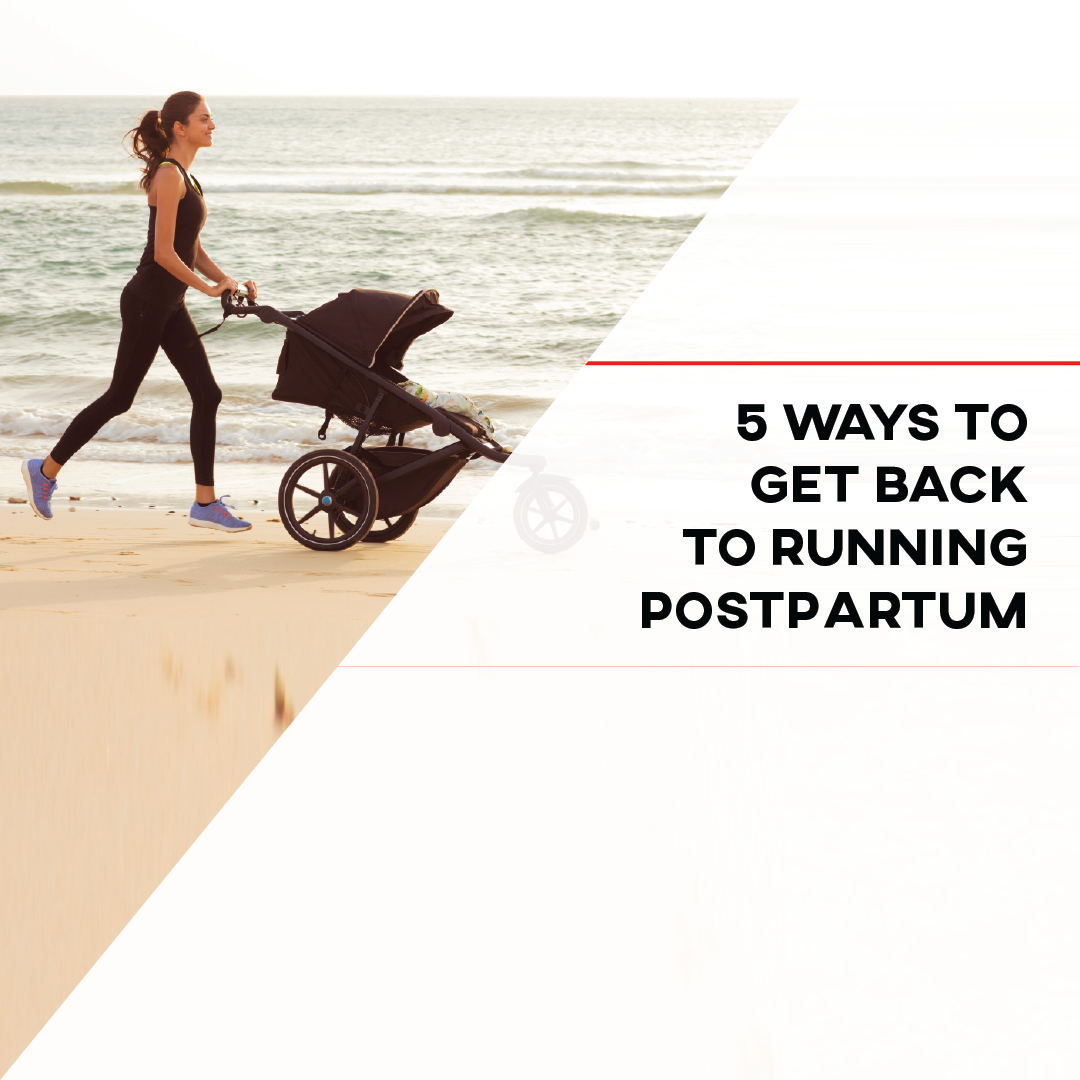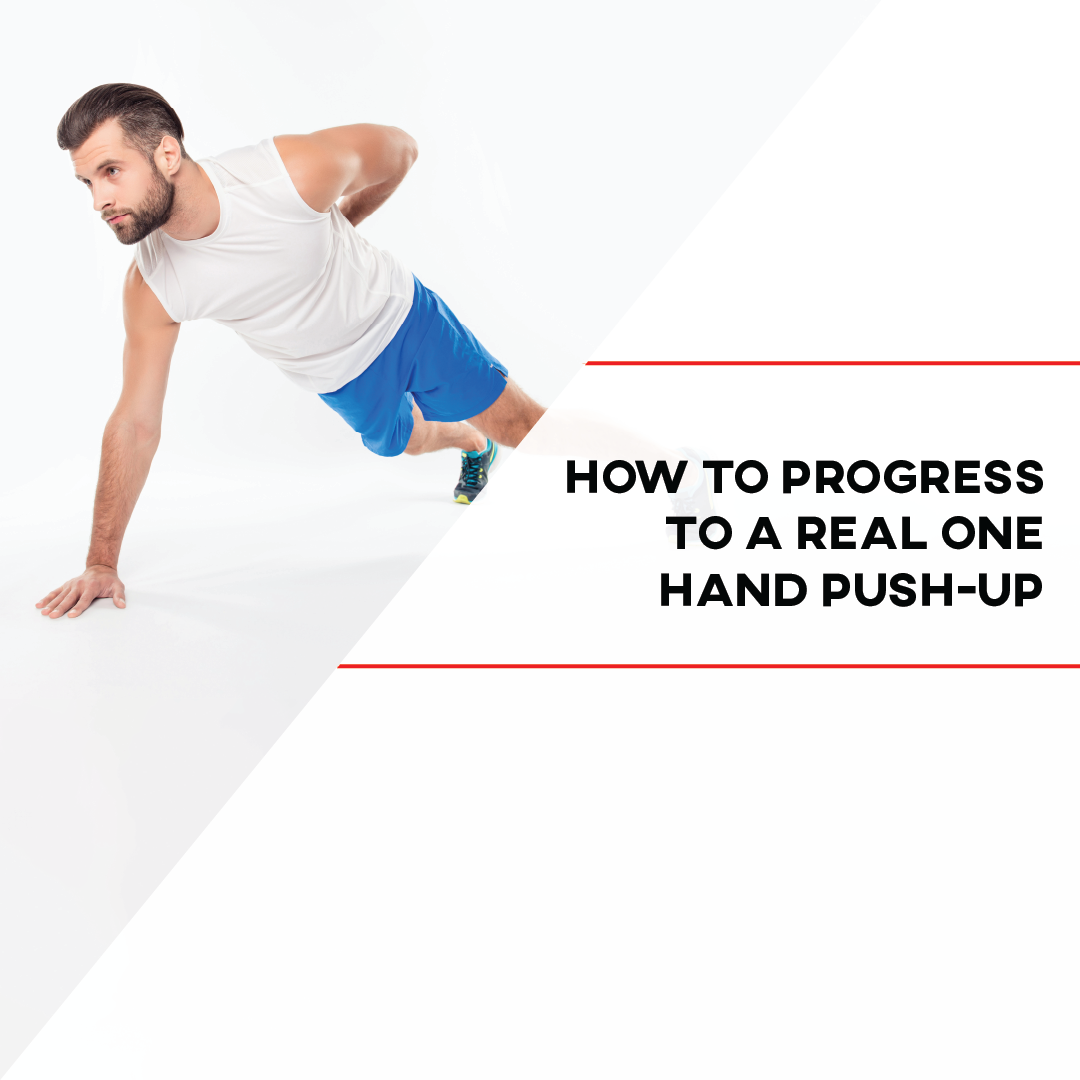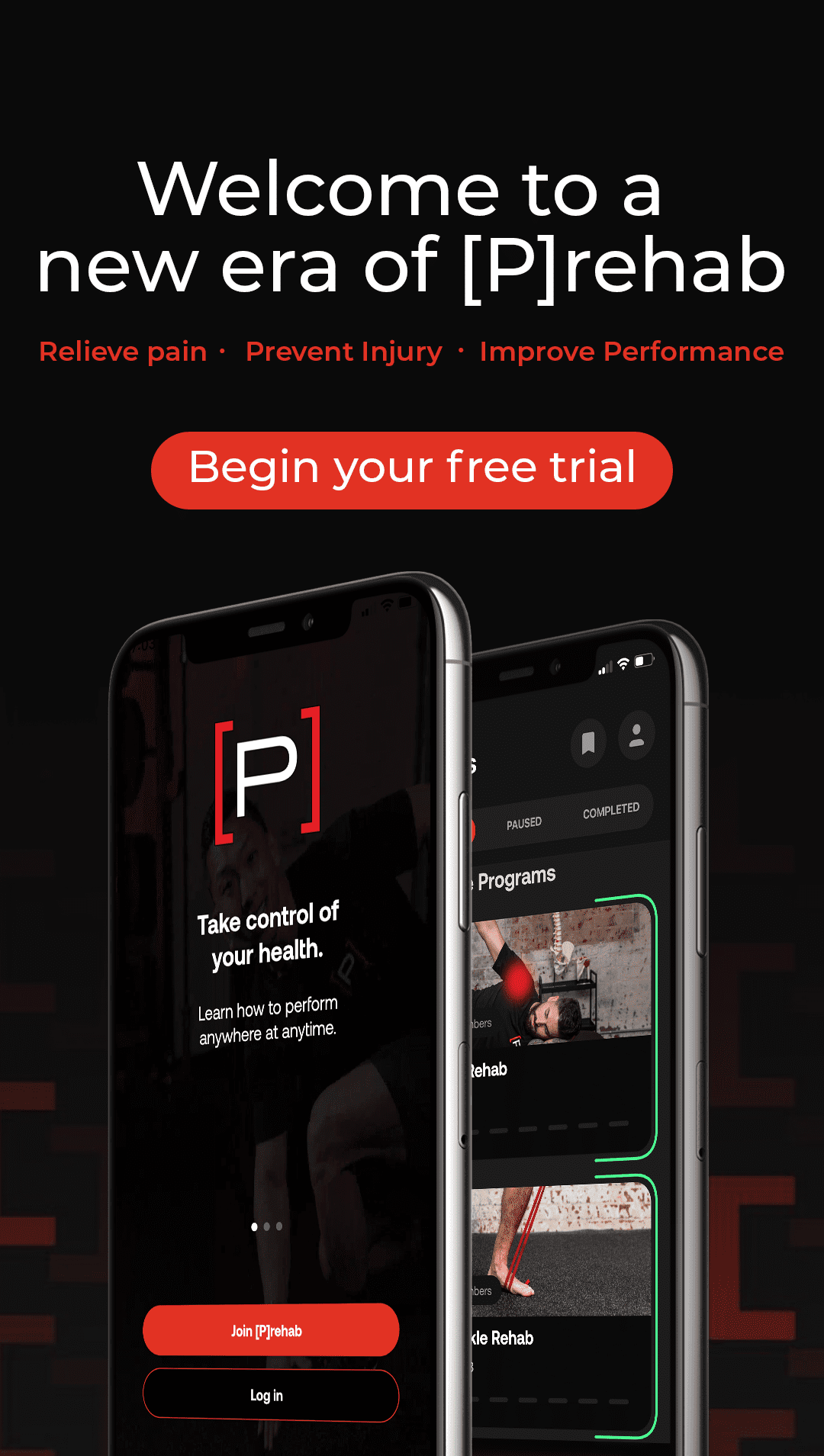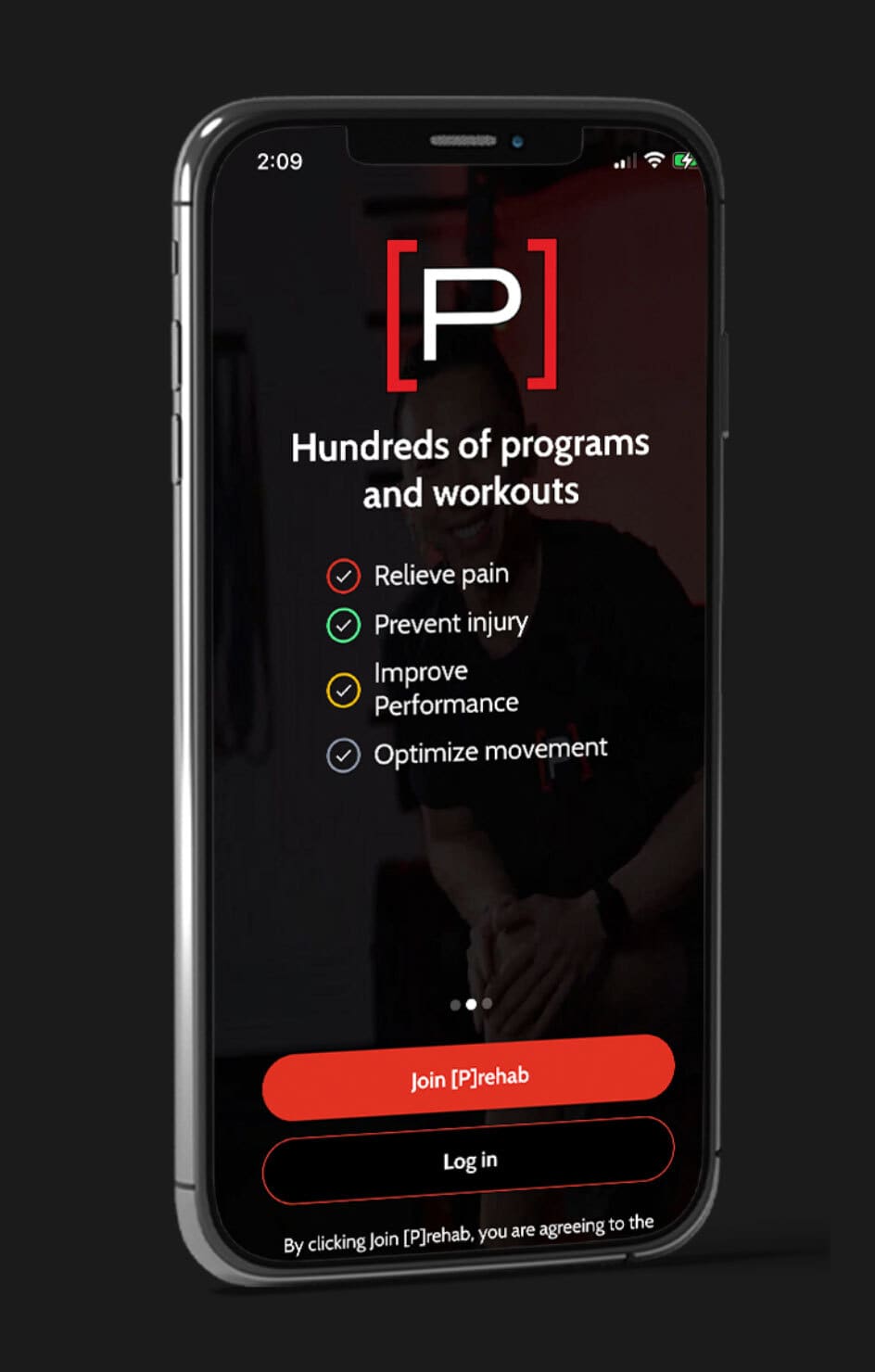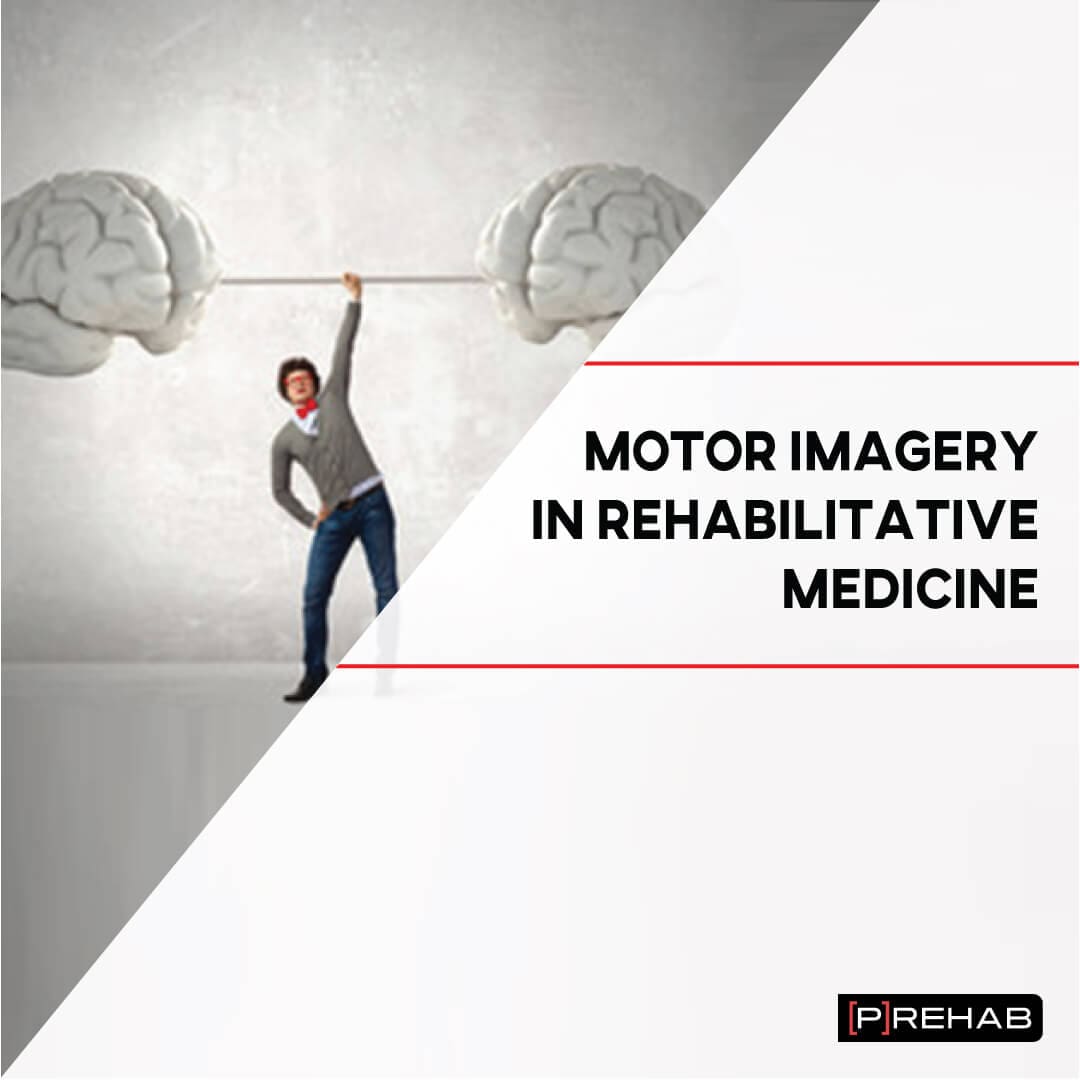
Did you know that training your body to reach your highest potential may be vastly limited if you are not also training your mind? Today’s focus on mindfulness, meditation, holistic healing, and mind-body care is proving useful in getting you to the next level and to staying on the cutting edge of true health, fitness, and wellness. Your body is nothing, if not for your brain. There are many methods, theories, and practices available to heighten the performance of the brain in order to stimulate the body for higher-level functioning. Among these methods are the very popular meditation and mindfulness. These practices tune the brain into being very aware of your system, and how you are operating, and calm the nervous system. However, if you are more interested in taking your performance to the next level or recovering from an injury or surgery, you may consider participating in a different kind of mindfulness and meditation-type practice called Motor Imagery. In this article, you will learn all about motor imagery and rehabilitation!
What is Motor Imagery?
Motor imagery is not a new or woo-woo practice; this form of brain training is a practice that may roughly be as old as the brain itself. For as long as humans have been using the imagination, we have pushed ourselves to the limit and come out stronger and more invincible. Our brains have the power to manufacture amazing worlds and images of our success and our talents that we may not have realized we are realistically capable of. This is where motor imagery comes into play.
Motor imagery uses the brain to manifest an image or scenario in order to begin training the body. This training, when properly directed, can aid in reducing the pain signal, elevating your physical performance, and initiating the neuroplasticity phenomenon.
Neuroplasticity simply refers to the brain’s ability to learn, to mold, and adapt to changes. Through neuroplasticity, the makeup of your brain can actually begin to change. You can increase the size of your brain and the number of connections possible within your brain so your body can perform a skill or task with greater efficiency. Your body is merely the product of what your brain can do! Your brain literally is the control center for every process in your body.
Training your brain can help you control the pain associated with movement or help you to direct your muscle memory and begin to either relearn a movement-based skill or learn a new skill. Training one’s muscle memory has shown to be very helpful in a variety of settings, such as physical training in sports, calming nerves, and anxiety in public situations, or rehabilitating physical limitations after injury or disease.
Need Help With Low Back Pain?
Are you currently experiencing low back pain? Tactics similar to motor imagery can help decrease your pain and get you back to 100%! No matter how long you have suffered from back issues, it is never too late to start feeling better. We get it, we have dealt with low back issues too! Learn more HERE!
Motor Imagery and Rehabilitation: How Can It Be Used?
Motor imagery is especially helpful in rehabilitation because it helps the body learn skills, which is precisely the main goal of rehab. Rehabilitation’s aim is to teach muscles to activate in order to build strength, to teach the body to move without pain or negative compensation patterns and to properly sequence the timing and order of your movements to make you safer and more efficient.
Dealing With Low Back Pain? Try This Mobility Routine!
In rehabilitation, physical therapists educate and train clients on how to use and how to move their bodies effectively and correctly. Injuries are largely the result of overuse or poor body mechanics. Therapists understand how the body is ‘supposed’ to move and be used. In which case, motor imagery in the hands of a physical therapist may prove to be the ultimate token to a successful recovery and training program!
Motor Imagery and Rehabilitation
A physical therapist understands how to train the body to move without compensation while diminishing pain. A physical therapist practicing motor imagery would be able to accomplish these goals by targeting your brain first in order to appropriately train the body without any risk or further injuries. Sounds too good to be true, doesn’t it?
Well, the catch is that practitioners who provide this service can sometimes be hard to find. A common form of imagery is ‘mirror-box therapy,’ which is particularly helpful to train an area of paresis (severe weakness) or an area in need of pain control. Aside from mirror-box therapy, there are many other forms of imagery available, such as virtual reality (a modern-day favorite), self-guided practice, Graded Motor Imagery (which includes the practice of mirror therapy), and scripted imagery.
READ: THE TRUTH BEHIND PAIN SCIENCE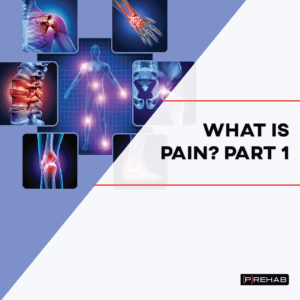
How To Practice Motor Imagery On Your Own
For a closer look into self-guided imagery, know that you can practice motor imagery on your own, in the comfort of your own home, and on your own time. The key to success with imagery is to always see your success! Guiding your brain in training the desired skill requires proper practice and visuals. You can place yourself in the situation of performing a lay-up in a basketball game, lifting up your kids at home, executing the perfect tour jeté, etc. Whatever task or skill you are striving to rehabilitate or train, imagine yourself correctly and successfully performing the skill.
Allow yourself to practice imagery in a relatively calm and quiet environment so you can concentrate and feel your mind and body at work. You will not force any muscle to activate, however, if your muscles decide to jolt around on their own involuntarily, just sit back and let the ‘magic’ happen. Your brain will automatically activate nerves that begin in the brain and make their way down into your spinal cord and then into various muscles. When your brain activates a nerve powerfully enough, the connected muscle(s) will respond and move your body. In which case, imagining your movement can result in involuntary movement.
The Prehab membership is the anti-barrier solution to keeping your body healthy. Access state-of-the-art physical therapy, fitness programs, and workouts online in the comforts of your own home or gym! Taking control of your health with exercise & education from the palm of your hand has never been easier. Get access to 50+ programs, 100+ unique workouts, and 3000+ exercises to build your own workout routines. Trial it for free, and learn how to get out of pain, avoid injury, and optimize your health with [P]rehab!
Steps for Self-Guided Imagery
- Prepare- Set yourself up in a calm environment, sitting upright with eyes closed
- Phase 1- Take a few deep breaths to calm yourself and heighten your focus
- Phase 2- Tune into your senses (what do you hear, smell, feel, taste)
- Phase 3- Manifest your scenario (what are you training yourself to accomplish) – Example: If training to perform a deadlift, see yourself lined up with proper form, sinking your hips back behind you with a flat back and stable knees; imagine what it feels like to activate your core strength; then see yourself engaging your gluts muscles to safely return to standing (you can elaborate the scenario as much or as little as you want according to how much focus you can maintain)
- Closing- Take a calming deep breath and slowly return to reality
In some cases, research has shown that imagery’s mental activation can even begin to build muscle and increase strength! The strength gains will not be as great as through physical practice, of course; however, the purpose of training your body on how to perform a skill safely and effectively is the essential point and outcome of motor imagery. Once you are able to perform the skill correctly and effectively, you will be able to build greater strength when you physically perform the skill.
LISTEN: MAXIMIZING GLUTE ACTIVITY WITH DR. CONTRERAS
Closing Thoughts
As a researcher and physical therapist, I have seen the power of imagery in the treatment of neurological and orthopedic injuries and dysfunctions, as well as in reducing stress and pain, calming the nervous system, instilling confidence and motivation, and restoring a previous level of function.
Motor imagery is helpful in the rehabilitation and training of any body part, in any person. However, motor imagery is especially helpful in the rehabilitation of physical limitations and injuries in those who may only be able to tolerate a lower level of activity intensity, those who may not be open to physical exercise or traditional therapy techniques, and those who have a greater level of fear or anxiety over traditional therapies, or those who have plateaued in their care and training, etc.
The possibilities with motor imagery are endless and have yet to be fully discovered. The brain can solve nearly any math problem or puzzle; the only thing the brain is unable to understand is itself. We may never know the full potential of our minds; however, through methods like motor imagery, we can begin to unlock this potential and enable ourselves to do the unimaginable. Happy, healthy living!
Take Ownership of Your Low Back Health
The low back is the centerpiece of our movement foundation and is the most adaptable and resilient area of the movement system. Since it takes on so many responsibilities it can at times become overwhelmed and request a change be made. Those requests tend to say: “Can you use your hips more?” and “Can you build up more core strength for this activity?” After this program your back will be happy to know that these requests have been attended to!
References
- Dickstein R, Deutsch J 2007 Motor imagery in physical therapist practice. Physical Therapy 87: 942-953
- Matalon R, Freund J, Vallabhajosula S 2018 Functional rehabilitation of a person with transfemoral amputation through guided motor imagery: a case study. Physiotherapy Theory and Practice.
- Paravlic A, Slimani M, Tod D, Marusic U, Milanovic Z, Pisot R 2018 Effects and dose-response relationships of Motor Imagery practice on strength development in healthy adult populations: a systematic review and meta-analysis. Sports Medicine 48: 1165-1187.
- Shackell E, Standing L 2007 Mind Over Matter: Mental Training Increases Physical Strength. North American Journal of Psychology 9: 189.
About The Author: Becca Matalon
Dr. Rebecca Matalon, PT, DPT has been researching and practicing motor imagery for 5 years. Her healing practice incorporates a wide breadth of knowledge from physical fitness to Reiki healing to neuropsychological understanding.
As a physical therapist with a Pilates and Ballet background, she has a deep passion and interest in movement science and ways to improve the human experience. Dr. Matalon currently practices in the Bay Area in Northern California.
Interested in learning more? Contact Author:
therapeuticmotorimagery@gmail.com




